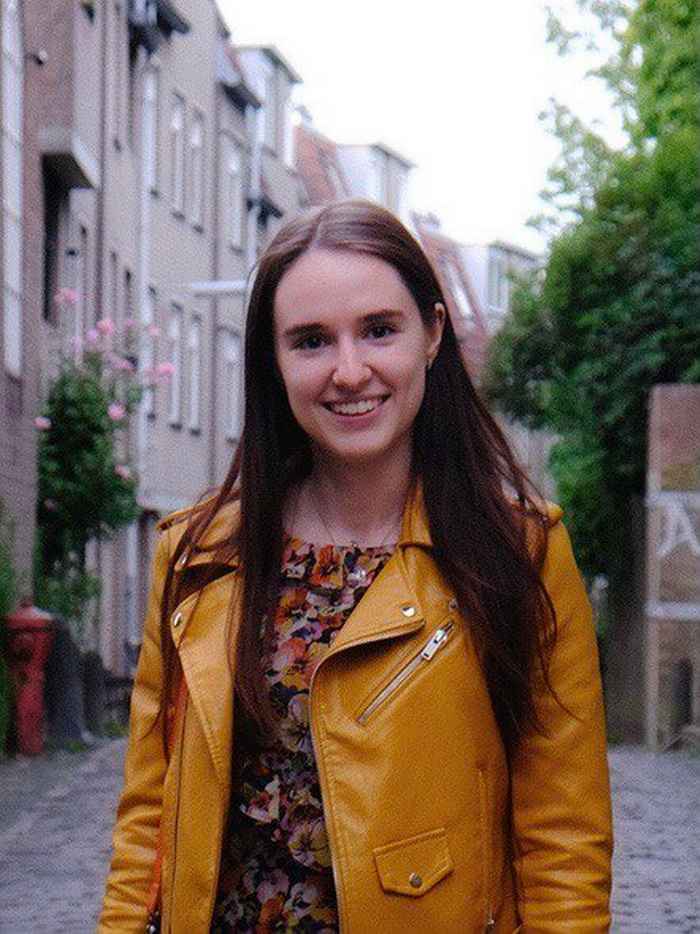Iuliia Stroganova
Visit: 2 months

Capturing nucleation events during peptide aggregation both in time and space on a chip
Peptide and protein aggregation, the transition from soluble functioning proteins into insoluble amyloid fibrils and plaques, is a remarkable physical process in the human body.
The unavoidable build-up of amyloid aggregates is the key hallmark of age-related neurodegenerative diseases such as Alzheimer’s, Parkinson’s, and prion disease. In order to be able to control and direct peptide self-assembly, a full understanding of all processes along the peptide aggregation pathways is essential.
The group of prof. dr. Tuomas P.J. Knowles (University of Cambridge, UK) is leading in the field of microfluidics and pathological protein aggregation. They have developed a powerful and unique toolbox of (trapping) microfluidic devices and fluorescence spectroscopic techniques that enables one to capture single nucleation event and to follow aggregation both in time and space.
During my visit to the Knowles group, I will learn how to generate, control and potentially modify the trapping droplet-microfluidic chips. Additionally, in combination with statistical mechanics and chemical kinetics, the macroscopic measurements of aggregation process can be related to the underlying microscopic mechanisms. By combining ion mobility-mass spectrometry experiments that we develop at the MS-LaserLab (Division of BioAnalytical Chemistry, VU Amsterdam) with the approaches used in the Knowles group, we will be able to probe different times on the aggregation curve and to relate microscopic events to the structural properties of peptide oligomers.